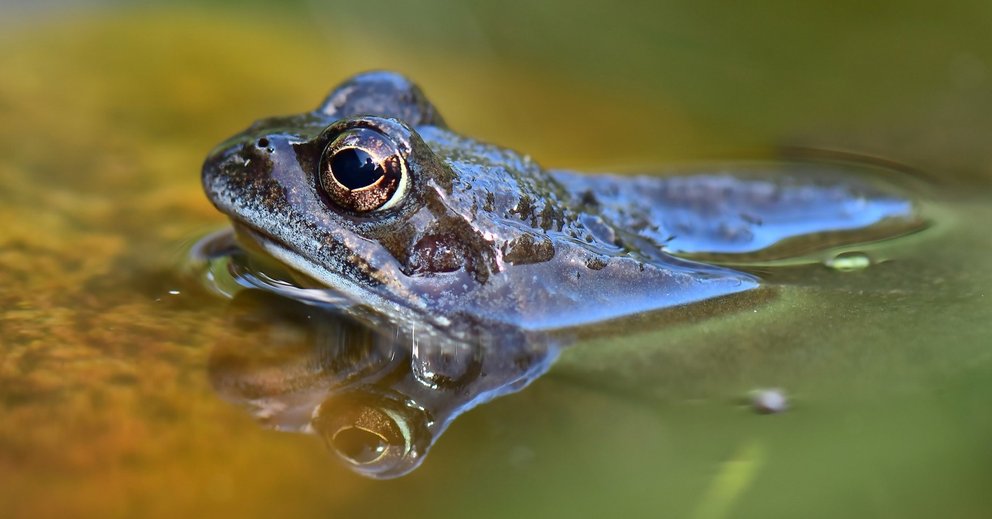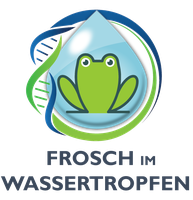
Frosch im Wassertropfen Citizen Science Project
The frog in the water drop: assessment of amphibian populations and the occurrence of the Chytrid fungus via a Citizen Science approach in Austria
After the very successful pilot project "Frosch im Wassertropfen Tirol" in 2019, the research is now extended to whole Austria!
Amphibians, frogs, toads, salamanders and newts, inhabit two worlds - land and water. The latter is needed for oviposition and youth development but also as adults, many species like to frolic in the wet. However, these charismatic creatures are increasingly threatened by the disappearance of suitable habitats and by the construction of roads, the use of pesticides or introduced diseases, and their stocks are steadily declining, although they are also strictly protected in Austria.
Natural (garden) ponds and other micro-waters can be important habitats and retreats for this endangered group of animals and thus help to ensure the survival of amphibians. So far, it has been impossible to check all these small bodies of water for the occurrence of amphibians in order to determine their distribution and thus the degree of their endangerment, since such large monitoring programs would not be financially viable due to the enormous time and personnel involved. However, now this problem can be solved by detecting "eDNA" (environmental DNA). Generally, DNA is continuously released into the environment by all organisms - in this case into the surrounding water. With our molecular assays we are able to identify these environmental DNA traces. This allows a fast and reliable detection of all amphibian species and the dangerous Chytrid fungus Bd. With this new technology, the occurrence of amphibians and Bd in Austria across a large range of waterbodies can be comprehensively surveyed for the first time ever.
Through the Citizen Science approach of our project, the broad public is directly involved: Garden owners, nature conservation enthusiasts and other interested people take water samples independently with our simple collection kits, which are then analyzed in our laboratories. The participants will then find out which amphibian species live in their waters and if Bd is present. The project is supported by the BML, LE-14-20 and the eDNA spin-off company Sinsoma.
For more information, videos and current updates on the project visit the project webpage (in German only): https://www.uibk.ac.at/projects/frosch-im-wassertropfen/
AAE members involved in the "Frosch im Wassertropfen" project:
Corinna Wallinger (PI), Martina Nindl-Kaplenig, Ilvy Pernstich



